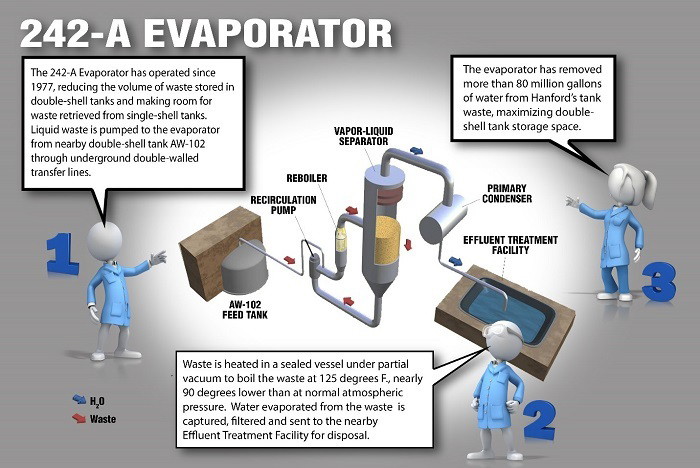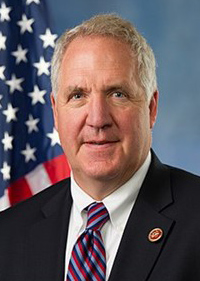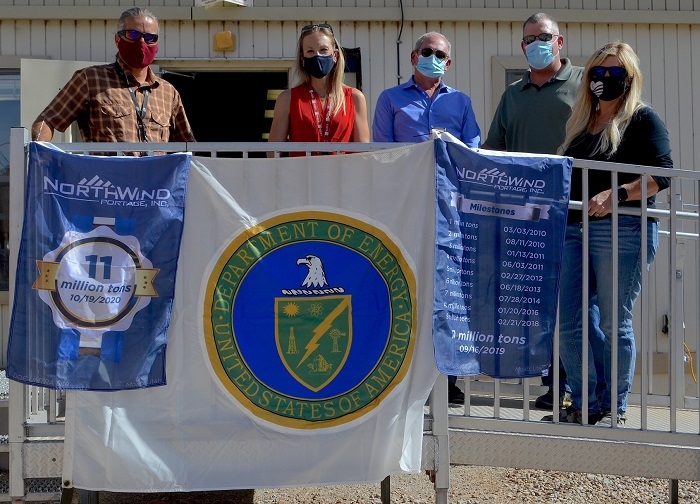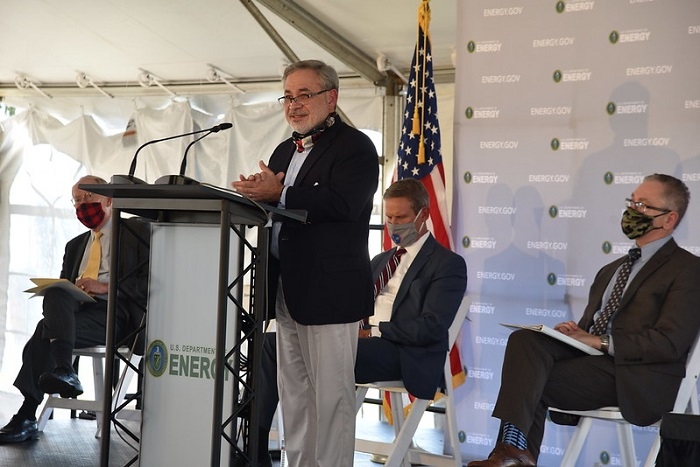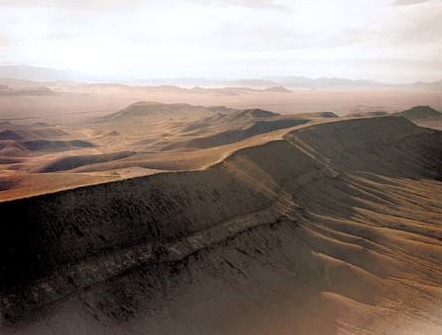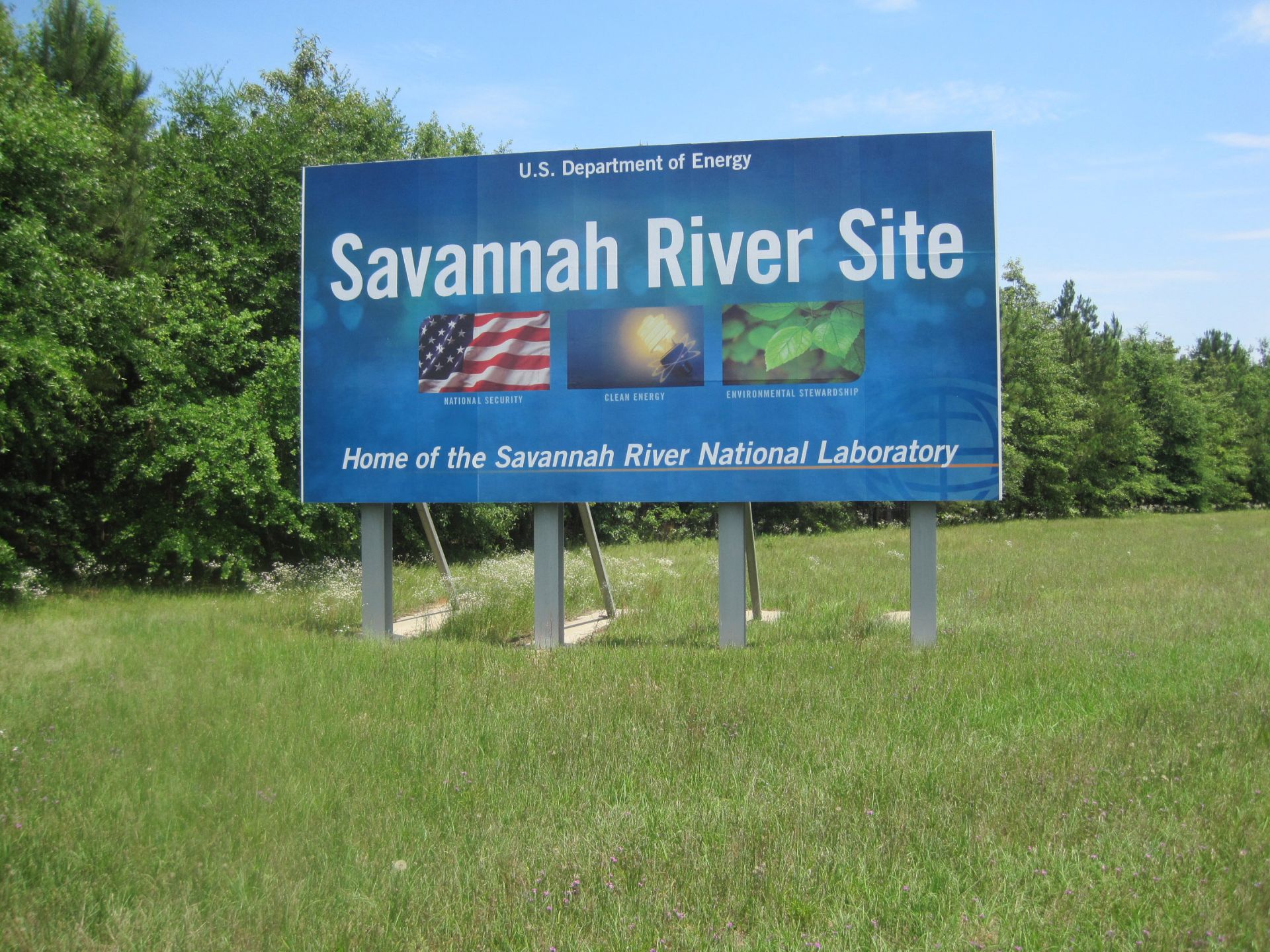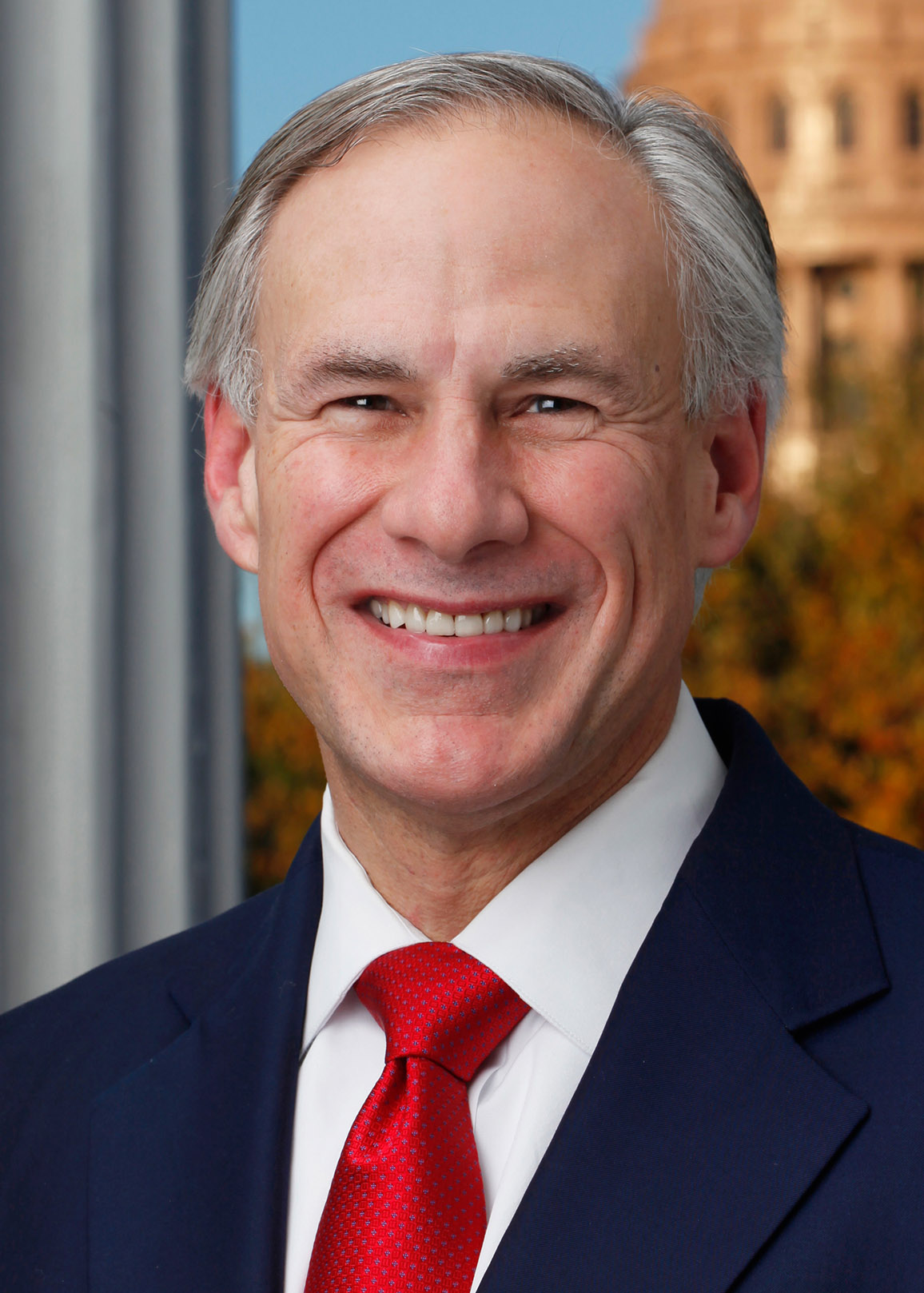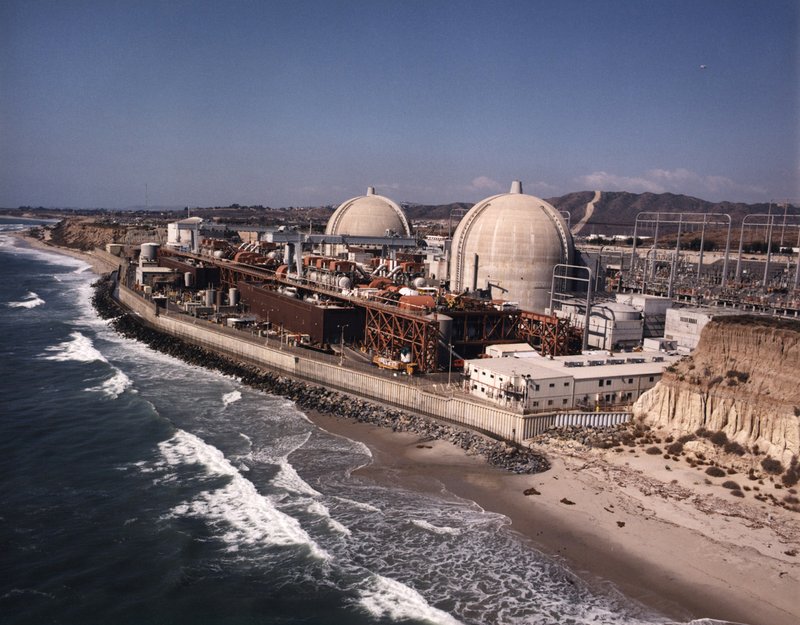Texas congressman weighs in on Yucca Mountain
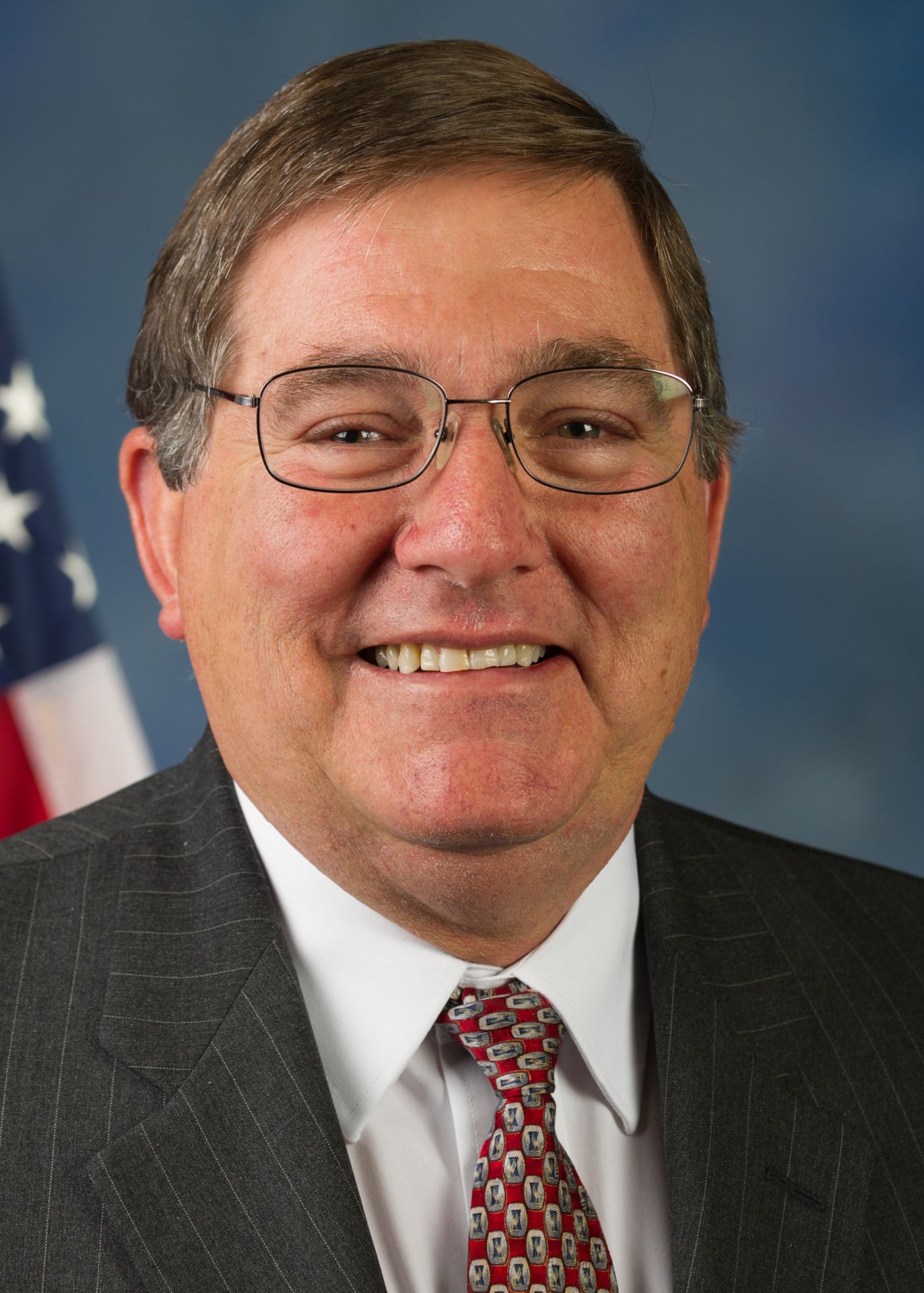
Burgess
The U.S. Congress has failed to uphold its promise to fully fund Yucca Mountain, in Nevada, as a permanent repository for spent nuclear fuel, Rep. Michael C. Burgess (R., Texas) writes in an op-ed article published on December 8 in the Dallas Morning News.
More than three decades after passing the Nuclear Waste Policy Act, Congress has yet to fully fund the Yucca Mountain Project. Burgess points out that while some countries have found success with reprocessing spent fuels, the fission process will always produce some amount of material that must be safely disposed, making it necessary to find a permanent solution.


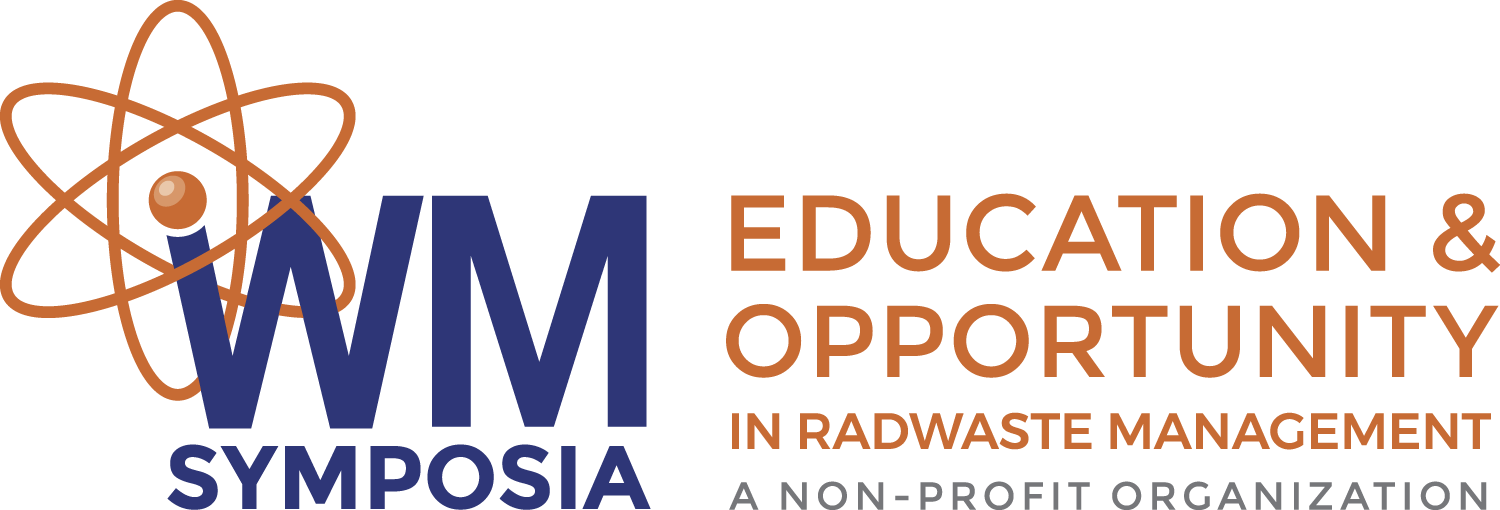 Citing ongoing developments with COVID-19, Waste Management Symposia has announced that it has decided to make its 2021 Waste Management Conference a virtual event. WM Symposia has been holding its annual conference for the management of radioactive waste, nuclear decommissioning, and related topics since 1974. The conference is typically held in early March in Phoenix, Ariz.
Citing ongoing developments with COVID-19, Waste Management Symposia has announced that it has decided to make its 2021 Waste Management Conference a virtual event. WM Symposia has been holding its annual conference for the management of radioactive waste, nuclear decommissioning, and related topics since 1974. The conference is typically held in early March in Phoenix, Ariz.